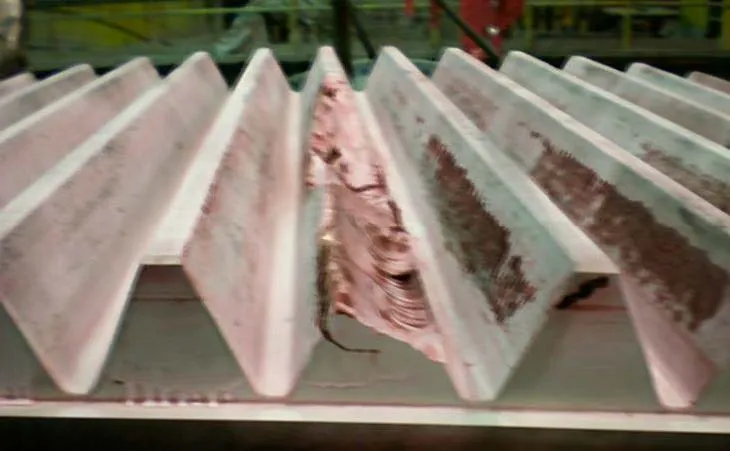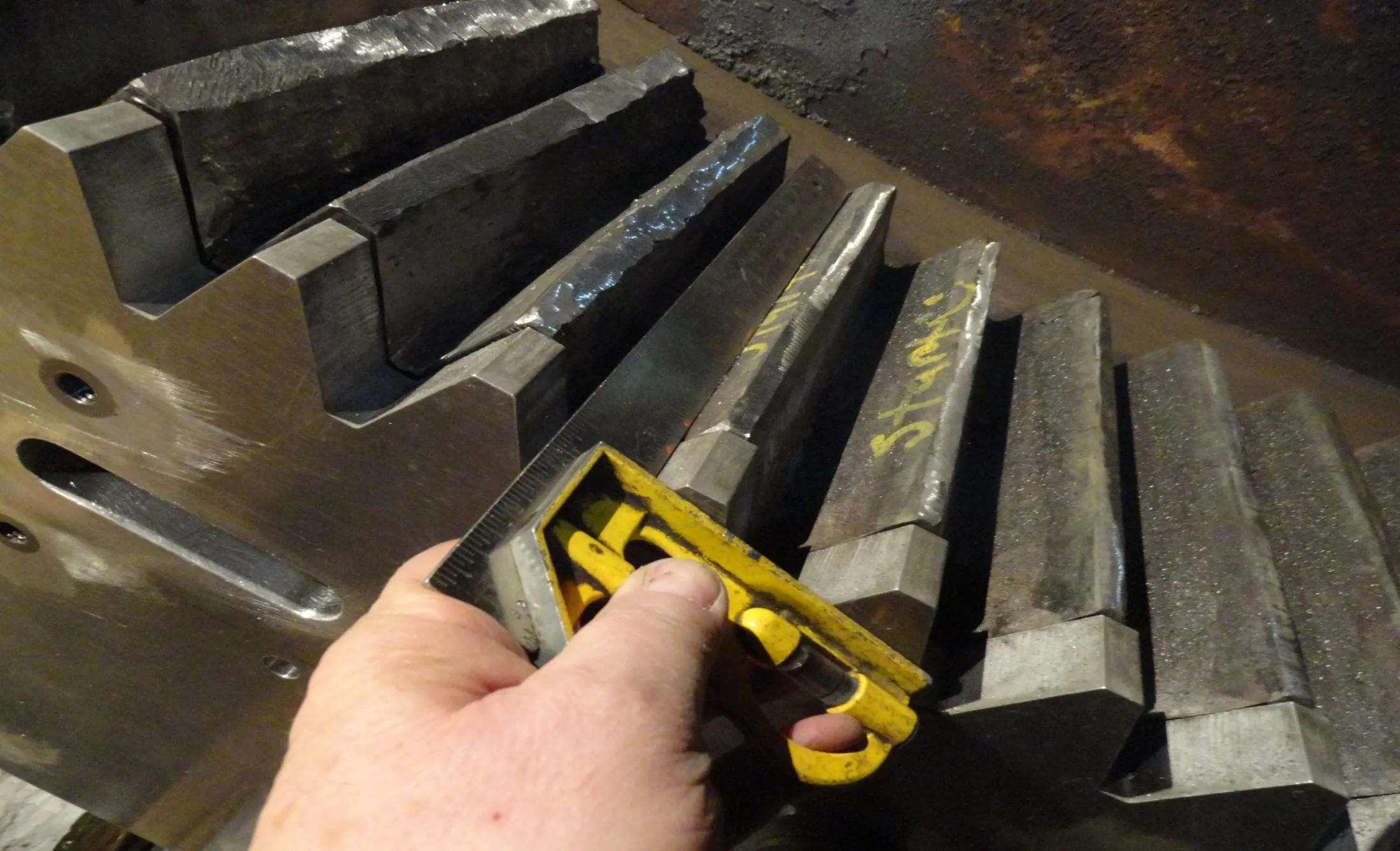What is Diecast Repair
Diecast repair is the process of restoring or fixing damaged diecast model cars, trucks, airplanes, and other vehicles. These models, made from a metal alloy, are popular among collectors and enthusiasts. Over time, they can suffer from various forms of damage, including paint chipping, broken parts, and general wear and tear. Diecast repair aims to bring these models back to their original condition, preserving their value and aesthetic appeal. This can range from simple touch-ups to extensive restoration work, depending on the severity of the damage. Understanding the basics of diecast repair is crucial for collectors who want to maintain or enhance the value of their collection, or simply enjoy their models in pristine condition. This guide will walk you through the essential steps and techniques to effectively repair your diecast models.
Tools You’ll Need for Diecast Repair
Having the right tools is essential for successful diecast repair. A well-equipped workspace will make the process easier and more effective. Basic tools include a set of small screwdrivers (Phillips head and flathead), pliers, tweezers, and a hobby knife. For cleaning, you’ll need cotton swabs, soft cloths, and possibly a gentle degreaser. Paint repair requires fine-tipped paintbrushes, primer, matching acrylic or enamel paints, and clear coat. For fixing broken parts, super glue or epoxy will be necessary. Other useful items are magnifying glasses for detailed work, a small hammer, and various grades of sandpaper. It’s also important to have a well-lit workspace to see the details of your work. Proper tools ensure that you can handle each repair stage precisely, resulting in a professional finish.
Disassembly and Cleaning for Diecast Repair

Before starting any repair work, disassembling and cleaning the model is crucial. Start by carefully removing any screws or fasteners, making sure to keep track of where each part came from. Place the screws in a small container to avoid losing them. Once disassembled, clean each part thoroughly. Use a soft brush or cotton swab to remove dust and debris. If there’s any grime or grease, use a gentle degreaser, being careful not to damage the paint. For detailed areas, use a toothpick or similar tool to dislodge dirt. After cleaning, rinse the parts with water and let them dry completely. This process not only prepares the model for repairs but also allows you to identify all damaged areas. Proper cleaning ensures that paint and adhesives adhere correctly, and that the restored model looks its best. Examine the model closely at this point, as hidden damage may appear after cleaning.
Repairing Paint Damage
Paint damage is a common issue, ranging from minor scratches to significant chips. For minor scratches, you can use a fine-tipped brush and matching paint to carefully fill in the affected area. For chips, sand the edges gently with fine-grit sandpaper to create a smooth surface. Apply a thin layer of primer if necessary, then several thin coats of the matching paint, allowing each coat to dry before applying the next. Use a toothpick or a very fine brush for detailed work, like filling in small chips or scratches. Once the paint is completely dry, apply a clear coat to protect the finish and give it a uniform appearance. Matching the paint color can be challenging, so consider consulting a paint chart or taking a sample of the original paint to a hobby store. Patience and a steady hand are key for achieving a professional-looking paint repair.
Fixing Broken Parts
Broken parts, such as mirrors, wheels, or small trim pieces, can be repaired or replaced. If a part has broken cleanly, use super glue or a strong adhesive to reattach it. Ensure the pieces are correctly aligned before applying the adhesive. For more significant breaks or missing pieces, you may need to fabricate a replacement. This might involve using plastic or metal sheets to create a new part. If a wheel is broken, you may be able to find a replacement from another model or a hobby store. Before gluing any part, ensure that both surfaces are clean and free of debris. When using adhesives, apply them sparingly to avoid any overflow. Clamps or tape can be used to hold parts in place while the glue dries. If a part is missing, consider contacting a diecast parts supplier or crafting the replacement from scratch using the original as a guide.
Reassembly and Finishing Touches

Once all repairs are complete, reassemble the model carefully. Make sure all parts fit together correctly and that you don’t miss any screws or fasteners. This is where your initial notes and organization during disassembly will be invaluable. After reassembly, inspect the model closely for any imperfections. You may need to touch up the paint or make minor adjustments. Clean the model one last time to remove any fingerprints or smudges. Consider applying a wax or sealant to protect the finish and add a shine. Take your time, and ensure all the details are perfect before considering the project complete. The finishing touches are the final step towards a restored model that you can proudly display.
Advanced Diecast Repair Techniques
For more complex repairs, consider advanced techniques. Soldering can be used to repair metal parts. Airbrushing provides a professional finish for paint jobs, allowing for more precise color matching and blending. Decal application requires practice, but it is essential for replicating logos and details. Creating custom parts from scratch may involve using various tools and materials. Resin casting can be used to duplicate parts. For detailed and challenging repairs, studying tutorials and practicing on less valuable models is advisable. These advanced techniques require skill and experience, so start with simpler projects before moving to more intricate repairs. Mastering advanced techniques allows you to restore even severely damaged models to their original condition.
Maintaining Your Repaired Diecast Models
Maintaining your repaired diecast models is essential to preserve their value and beauty. Display them in a dust-free environment, away from direct sunlight and extreme temperatures. Sunlight can fade the paint, and extreme temperatures can damage the model. Dust them regularly with a soft cloth or a brush designed for delicate surfaces. Avoid using harsh chemicals or abrasive cleaners, which can damage the finish. Handle your models with clean hands to prevent fingerprints and oil from damaging the paint. Store your models in individual cases or display them in a closed cabinet to protect them from dust and accidental damage. Proper maintenance ensures that your restored models remain in excellent condition for years to come, allowing you to enjoy your collection for many years.
